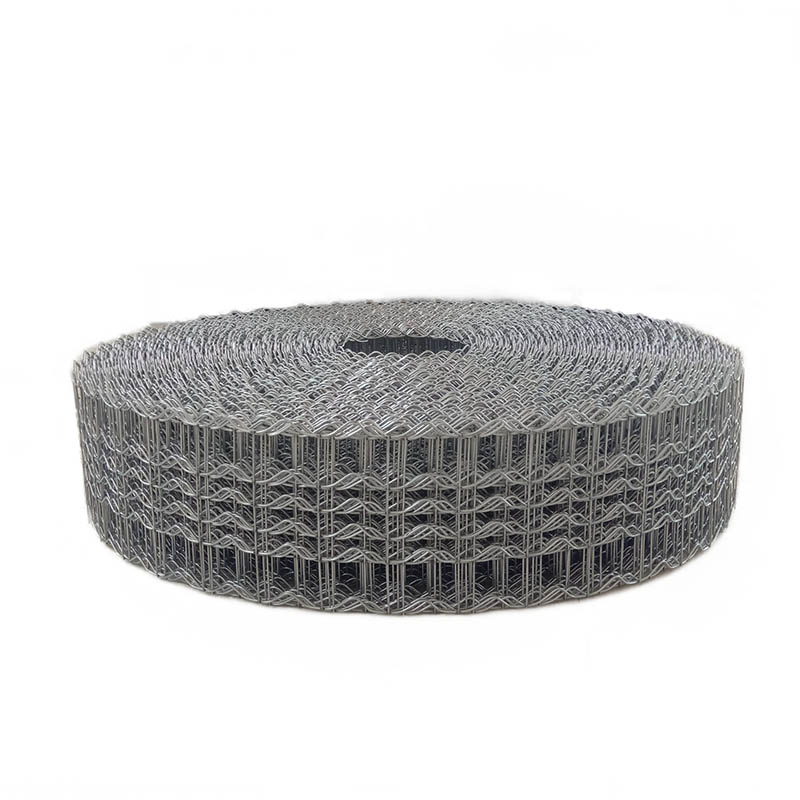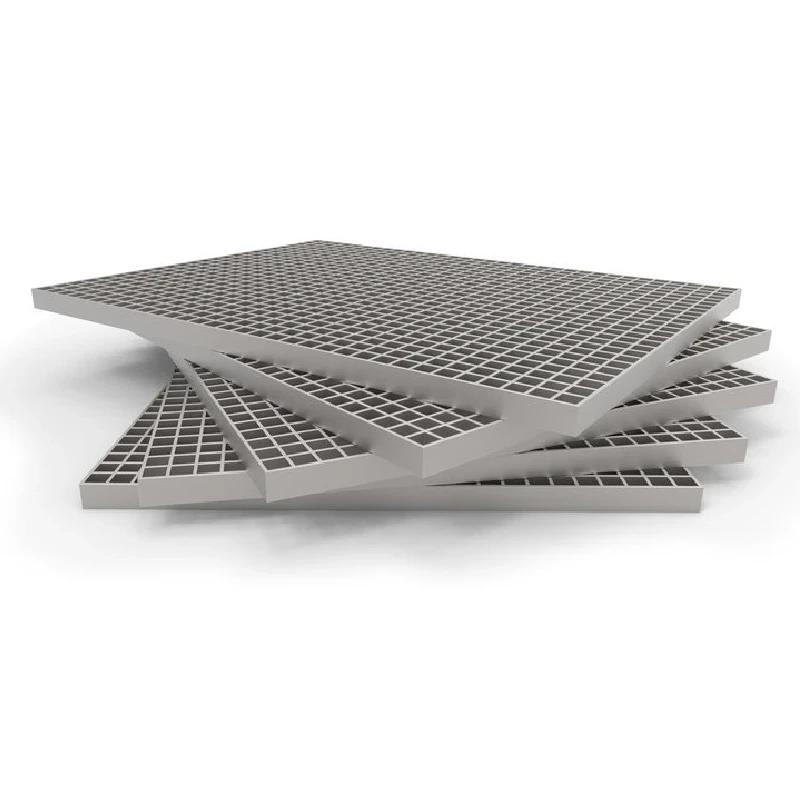- Industrial zone, South of Anping Town, Hengshui, Hebei, China.
- sales@hfpetromesh.com
- +86-18931809706
 Afrikaans
Afrikaans  Albanian
Albanian  Amharic
Amharic  Arabic
Arabic  Armenian
Armenian  Azerbaijani
Azerbaijani  Basque
Basque  Belarusian
Belarusian  Bengali
Bengali  Bosnian
Bosnian  Bulgarian
Bulgarian  Catalan
Catalan  Cebuano
Cebuano  Corsican
Corsican  Croatian
Croatian  Czech
Czech  Danish
Danish  Dutch
Dutch  English
English  Esperanto
Esperanto  Estonian
Estonian  Finnish
Finnish  French
French  Frisian
Frisian  Galician
Galician  Georgian
Georgian  German
German  Greek
Greek  Gujarati
Gujarati  Haitian Creole
Haitian Creole  hausa
hausa  hawaiian
hawaiian  Hebrew
Hebrew  Hindi
Hindi  Miao
Miao  Hungarian
Hungarian  Icelandic
Icelandic  igbo
igbo  Indonesian
Indonesian  irish
irish  Italian
Italian  Japanese
Japanese  Javanese
Javanese  Kannada
Kannada  kazakh
kazakh  Khmer
Khmer  Rwandese
Rwandese  Korean
Korean  Kurdish
Kurdish  Kyrgyz
Kyrgyz  Lao
Lao  Latin
Latin  Latvian
Latvian  Lithuanian
Lithuanian  Luxembourgish
Luxembourgish  Macedonian
Macedonian  Malgashi
Malgashi  Malay
Malay  Malayalam
Malayalam  Maltese
Maltese  Maori
Maori  Marathi
Marathi  Mongolian
Mongolian  Myanmar
Myanmar  Nepali
Nepali  Norwegian
Norwegian  Norwegian
Norwegian  Occitan
Occitan  Pashto
Pashto  Persian
Persian  Polish
Polish  Portuguese
Portuguese  Punjabi
Punjabi  Romanian
Romanian  Russian
Russian  Samoan
Samoan  Scottish Gaelic
Scottish Gaelic  Serbian
Serbian  Sesotho
Sesotho  Shona
Shona  Sindhi
Sindhi  Sinhala
Sinhala  Slovak
Slovak  Slovenian
Slovenian  Somali
Somali  Spanish
Spanish  Sundanese
Sundanese  Swahili
Swahili  Swedish
Swedish  Tagalog
Tagalog  Tajik
Tajik  Tamil
Tamil  Tatar
Tatar  Telugu
Telugu  Thai
Thai  Turkish
Turkish  Turkmen
Turkmen  Ukrainian
Ukrainian  Urdu
Urdu  Uighur
Uighur  Uzbek
Uzbek  Vietnamese
Vietnamese  Welsh
Welsh  Bantu
Bantu  Yiddish
Yiddish  Yoruba
Yoruba  Zulu
Zulu
- Afrikaans
- Albanian
- Amharic
- Arabic
- Armenian
- Azerbaijani
- Basque
- Belarusian
- Bengali
- Bosnian
- Bulgarian
- Catalan
- Cebuano
- Corsican
- Croatian
- Czech
- Danish
- Dutch
- English
- Esperanto
- Estonian
- Finnish
- French
- Frisian
- Galician
- Georgian
- German
- Greek
- Gujarati
- Haitian Creole
- hausa
- hawaiian
- Hebrew
- Hindi
- Miao
- Hungarian
- Icelandic
- igbo
- Indonesian
- irish
- Italian
- Japanese
- Javanese
- Kannada
- kazakh
- Khmer
- Rwandese
- Korean
- Kurdish
- Kyrgyz
- Lao
- Latin
- Latvian
- Lithuanian
- Luxembourgish
- Macedonian
- Malgashi
- Malay
- Malayalam
- Maltese
- Maori
- Marathi
- Mongolian
- Myanmar
- Nepali
- Norwegian
- Norwegian
- Occitan
- Pashto
- Persian
- Polish
- Portuguese
- Punjabi
- Romanian
- Russian
- Samoan
- Scottish Gaelic
- Serbian
- Sesotho
- Shona
- Sindhi
- Sinhala
- Slovak
- Slovenian
- Somali
- Spanish
- Sundanese
- Swahili
- Swedish
- Tagalog
- Tajik
- Tamil
- Tatar
- Telugu
- Thai
- Turkish
- Turkmen
- Ukrainian
- Urdu
- Uighur
- Uzbek
- Vietnamese
- Welsh
- Bantu
- Yiddish
- Yoruba
- Zulu
Feb . 11, 2025 00:27
Back to list
heavy-duty welded bar grating
Bar grating, an essential component in various industrial and architectural applications, has been gaining popularity for its versatility, durability, and functionality. This article delves into the unique attributes of bar grating, its significant applications, and insights from industry experts, enhancing your overall understanding of this indispensable product. Whether you're a seasoned professional or new to the field, this exploration is designed to bolster your knowledge and inform your decision-making processes.
Bar grating's application extends beyond industrial use. In architectural landscapes, it elevates aesthetic value while maintaining functionality. The transparency of grating facilitates ventilation and illumination, harmonizing with modern architectural trends focused on sustainable design. Architects like Isabella Seeley advocate for the inclusion of bar grating in eco-friendly building designs, citing its contribution to energy efficiency by promoting natural air flow and light penetration. A crucial aspect of bar grating installation pertains to the adherence to safety standards and regulations. Industrial safety expert Kevin Ruiz recommends continuous training and stringent safety audits to ensure that installations comply with occupational safety guidelines. Regular inspection and maintenance checks are vital to detect wear and tear, securing the structural integrity of bar grating and safeguarding personnel. The industry also anticipates transformative technological advancements, with smart grating systems on the horizon. These systems aim to incorporate real-time monitoring of structural health, further enhancing safety measures and offering predictive maintenance capabilities. Such innovations are expected to drive down operational costs and enhance the resilience of infrastructure. In conclusion, the multifaceted nature of bar grating makes it a cornerstone in both industrial and architectural applications. Its superior strength, adaptability, and safety features are reinforced by continual technological improvements and industry standards. By integrating expert insights and staying abreast of emerging trends and regulations, stakeholders can maximize the potential of bar grating in their respective sectors, ensuring both innovative applications and sustainable operations.


Bar grating's application extends beyond industrial use. In architectural landscapes, it elevates aesthetic value while maintaining functionality. The transparency of grating facilitates ventilation and illumination, harmonizing with modern architectural trends focused on sustainable design. Architects like Isabella Seeley advocate for the inclusion of bar grating in eco-friendly building designs, citing its contribution to energy efficiency by promoting natural air flow and light penetration. A crucial aspect of bar grating installation pertains to the adherence to safety standards and regulations. Industrial safety expert Kevin Ruiz recommends continuous training and stringent safety audits to ensure that installations comply with occupational safety guidelines. Regular inspection and maintenance checks are vital to detect wear and tear, securing the structural integrity of bar grating and safeguarding personnel. The industry also anticipates transformative technological advancements, with smart grating systems on the horizon. These systems aim to incorporate real-time monitoring of structural health, further enhancing safety measures and offering predictive maintenance capabilities. Such innovations are expected to drive down operational costs and enhance the resilience of infrastructure. In conclusion, the multifaceted nature of bar grating makes it a cornerstone in both industrial and architectural applications. Its superior strength, adaptability, and safety features are reinforced by continual technological improvements and industry standards. By integrating expert insights and staying abreast of emerging trends and regulations, stakeholders can maximize the potential of bar grating in their respective sectors, ensuring both innovative applications and sustainable operations.
Share
Prev:
Next:
Latest news
-
Welded Steel Bar Grating: The Rugged Industrial Flooring Solution Built for Load and LongevityNewsJun.24,2025
-
Steel Walkway Grating: Reliable, Resilient, and Built for Every StepNewsJun.24,2025
-
Shale Shaker Screen for Sale: Optimize Drilling Efficiency with Precision Screening PowerNewsJun.24,2025
-
Shaker Screen for Sale: Elevate Your Drilling Efficiency with Durable Separation SolutionsNewsJun.24,2025
-
Press Locked Steel Grating: Industrial Strength with Precision Fit for Heavy-Duty ApplicationsNewsJun.24,2025
-
Perimeter Safety Netting: The Critical Safety Upgrade for Every HelipadNewsJun.24,2025